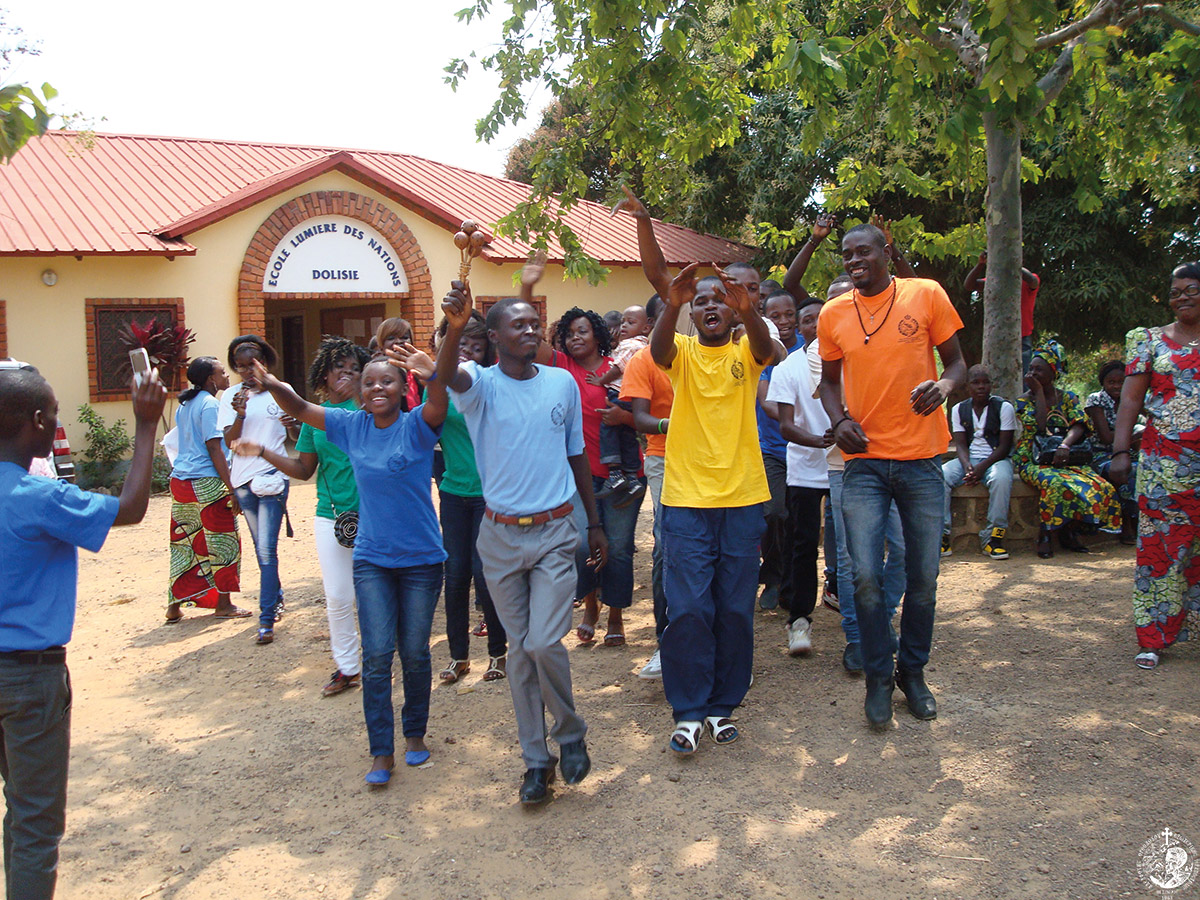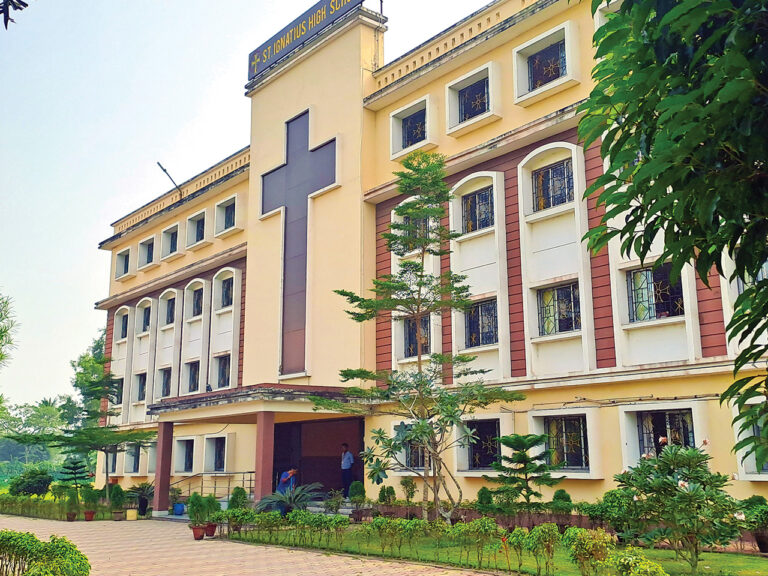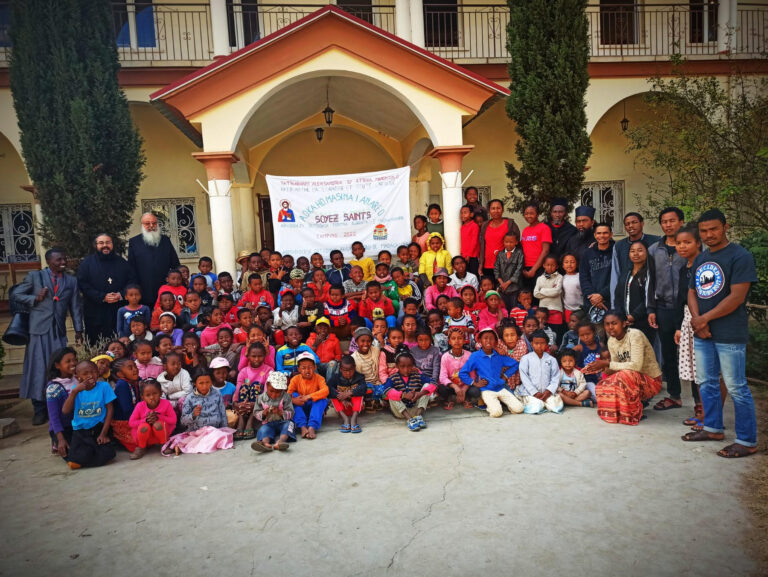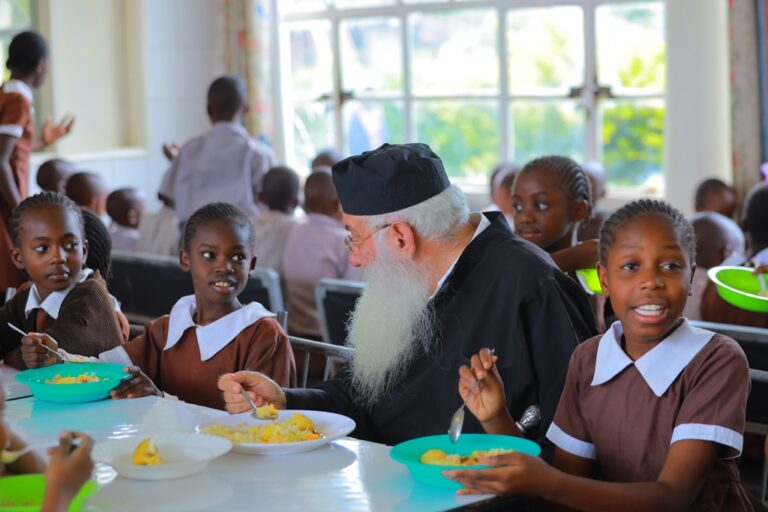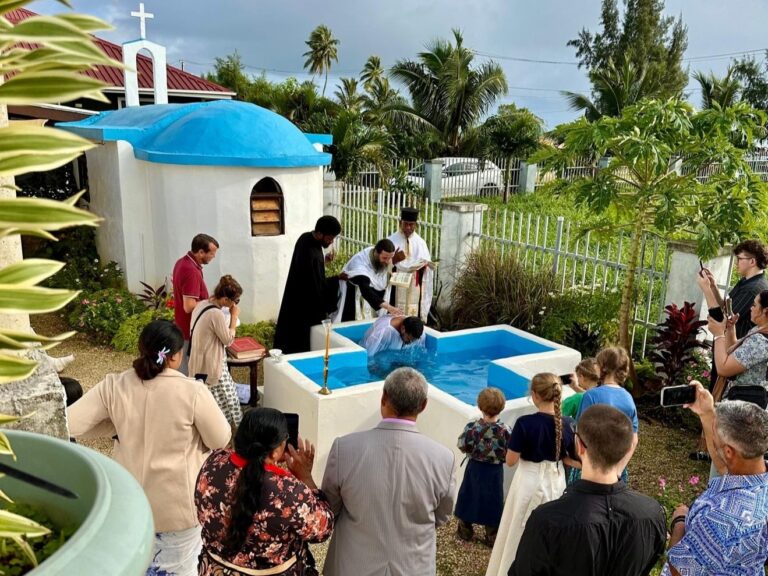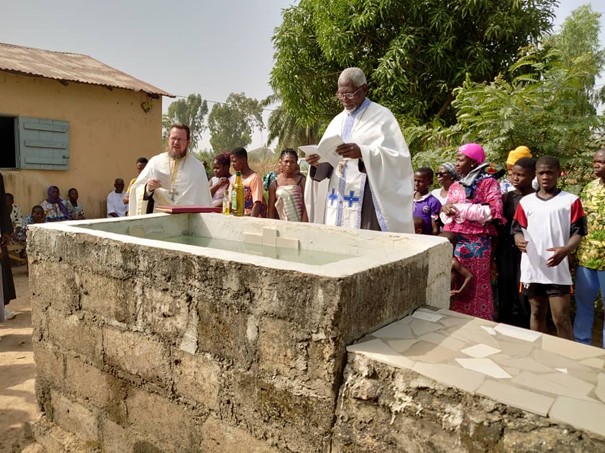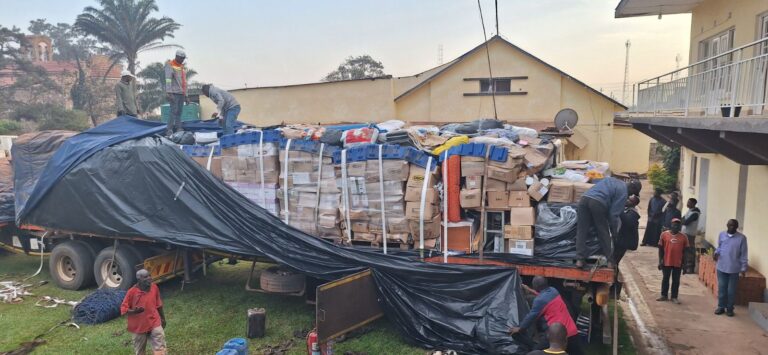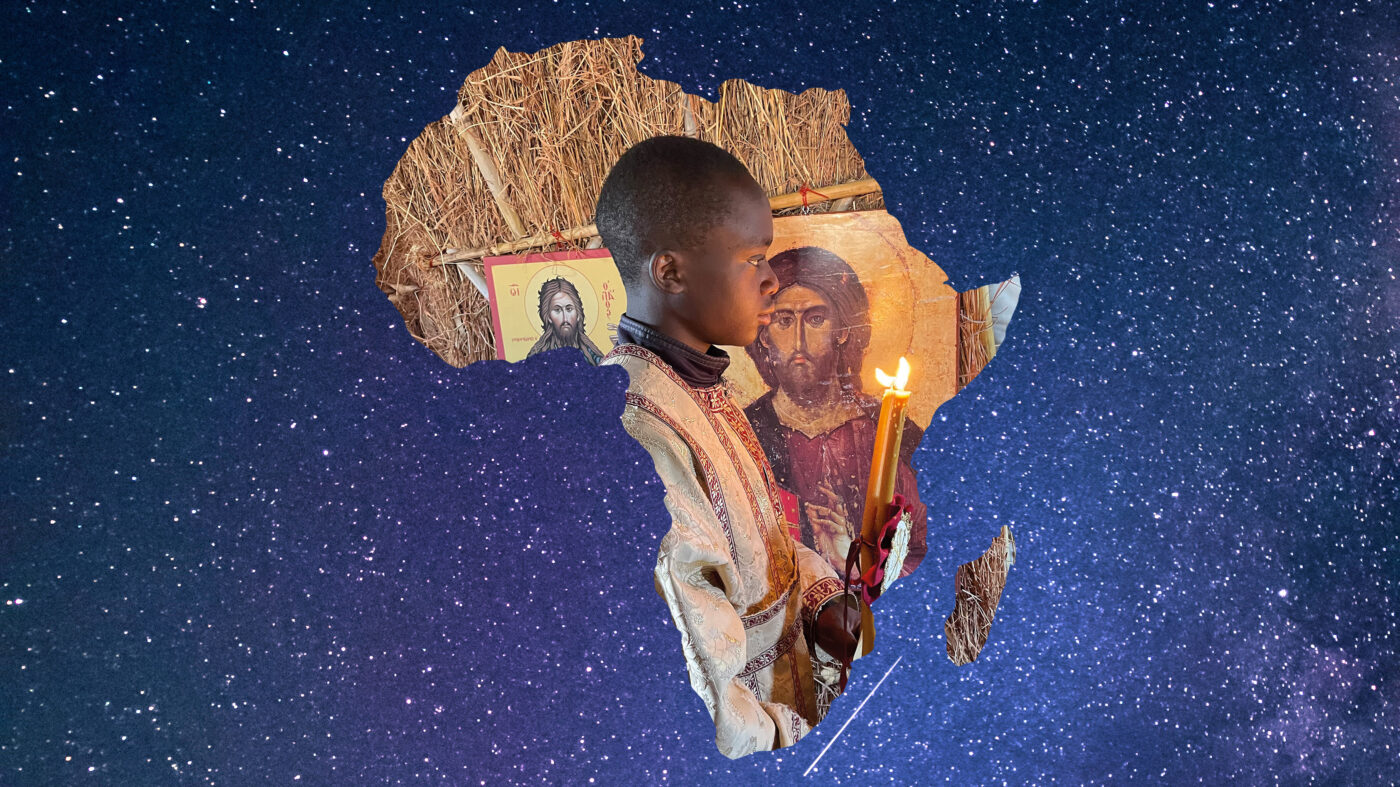Watch from heaven and see…
On October 26, the Church of Christ celebrated the memory of the Holy and Glorious Great Martyr Demetrios the Myrblical, which is also the feast day of the Cathedral of our Diocese. What does this feast mean for the local Church of Congo? From the earliest Christian times, the seat of the Bishop was the place where the temple was located, where the pastor celebrated. Adjacent to this was always the sacred baptistery. An unbroken unity between the place where the Eucharist was celebrated by the Bishop and the celebration of the sacrament of Baptism. At that time he alone was baptized as the guarantor of the true faith, hence the baptismal font was located in the cathedra; tangible proof of the unity of the Church was the Bishop, who was charged with this sacred and inviolable duty. He walked, taught, and illuminated the darkness of heresy, that is, the removal, the splitting, the waxing of the armour of Christ, the work of the devil himself. Once, a lonely man with a touch of heterochrony had said that the high priestly sackcloth bears bells, “that the heretics may hear them and be scattered.” From heaven look upon us, Lord. In midwest Africa, in Congo-Brazzaville, we are experiencing the same truths that the Church has been living since the blood of the Redeemer was shed. Yet this place is living in early Christian times! We are working in a land that once – perhaps still? – vegetated in search of a “god” who works within the framework of a ruthless compatibility, a give and take relationship. The greatest difficulty in spreading the Gospel lies in the teaching of the Word, which presupposes the freedom and sacred uniqueness of the person. For the African brethren, like the Gentiles then, coexisted – and perhaps partly coexisted – with a religiosity grafted on to superstition and, through it, to slavery. The brothers are subjected to an involuntary martyrdom every day in the places we visit, as well as to thousands of other conventions which are incomprehensible to us, and which we, who have been Christianized for centuries, are also reconciled to our own right or wrong attitudes.
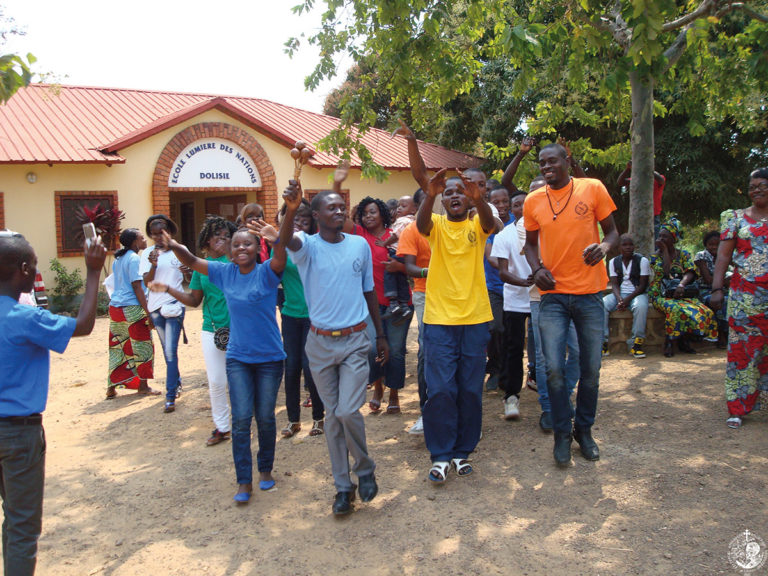
We come to this earth to speak to our brothers and sisters about the One Truth, Jesus Christ, who strikes slavery, in whose collective unconscious the sense of fear is horribly entrenched. Fears that go back a long way, to the chief, the sorcerer, the exorcist, the mighty warriors, the rigidly graded tribal hierarchy, the oppressive colonist. A fear that depended primarily on the provision of food and was nurtured through the systematic withholding of education and knowledge. Before the colonialists came to the richest continent in the world, the African continent, when traditional structures and values were monopolized, it was the above groups that managed the land, water and food, there was the collective education and knowledge of the tribe, and religiosity, wherever it turned in the darkness of superstition, was an element of their existence. Then came the Westerners, who, along with all the other evils, spread a Christianity “enriched” with their brutal pursuits, clericalistically developed, based on the divine wrath that always lurks… We came too, with material means meager but spiritually rich from the preservation of the inviolability of the holy Gospel, listening to the voice of the natives. This is how Orthodoxy reached these places. We live in apostolic times in places where fears are monarch. The melodies of the feast of St. Demetrios bring to mind precisely this absence of fear that the Martyr of Christ had. His responses to the court of the compromised. The judges of the martyrs, lovers of absolute nothingness. Those who condemned, persecuted, put Christians to death are not remembered today. Oblivion swallowed them up, since memory and heart denied them. On the contrary, on his feast day, the young Great Martyr Demetrios emerges from the cloud of martyrs: ‘Second Martyr of Christ to us – come here to us, Martyr of Christ’, we searched in French and the Martyr of Christ listens. He became for us, the Orthodox in Congo-Brazzaville, the altar of the Cathedral, that slab of his tomb – the early Christian Holy Tables – watered with the myrrh, the offspring of the grace of his martyrdom. And on this tomb the Bishop of the local Church functions, confessing the unity of the Faith with the supernal Orthodoxy.
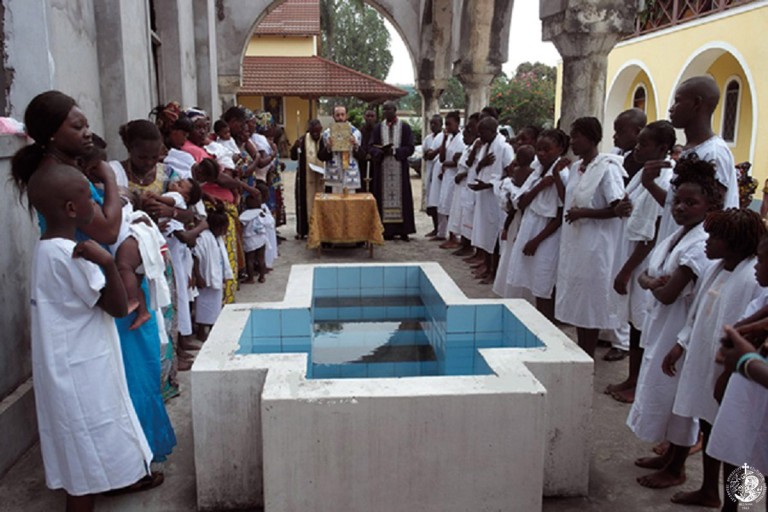
In places of multiple dissonances, which in every way offend the spiritual freedom of our brothers and sisters here, with deep religious, social and cultural roots, the holy candle of Orthodoxy comes to shine, scattering away the fear of death. All fears of death are reduced to death and the conquest of fears is magnified in the Resurrection of Christ. Resurrection lived by the luminous children of His Church, united in Her Body. Without Unity, Church is not counted. A Church watered with the blood of Christ, of the Martyrs, of Demetrius the Myrrh-Bearer. The Thessalonian saint, who advocates for the Peace and Unity of the Church of the African equator, far from the place of his martyrdom, which looks to him as protector, curator and ambassador to the Triune God. This Church, O Lord, ‘look down from heaven and see’. Visit Thy newly planted vine. Guard Your children, who now know Your Way, that they may walk rightly. Preserve the Unity of the Church in the bond of faith and peace; enlighten people to understand that love for Your Church means first and foremost love for her Unity. Keep Your young children, our Church, spiritually alive and “train her up, whom Your right hand has planted”.
†Brazzaville and Gabon Panteleimon

